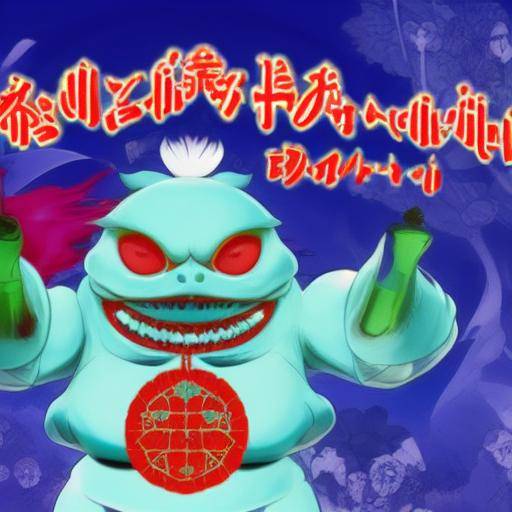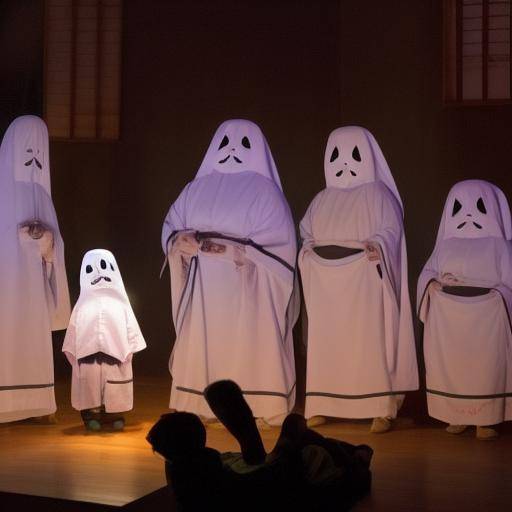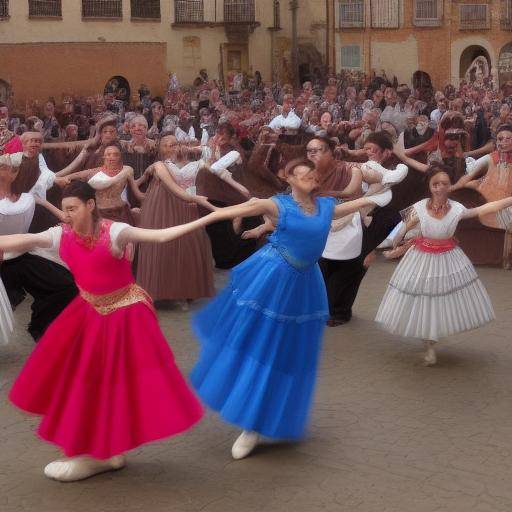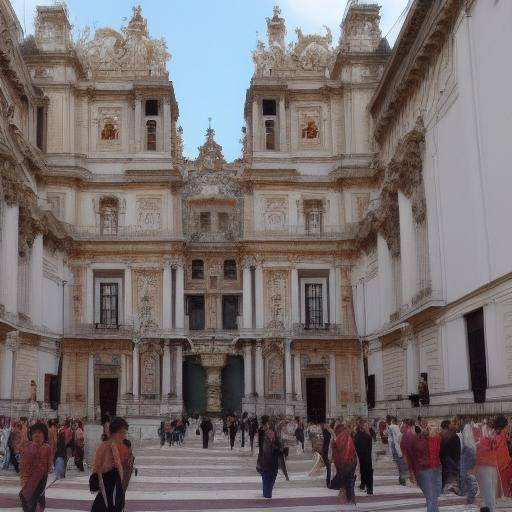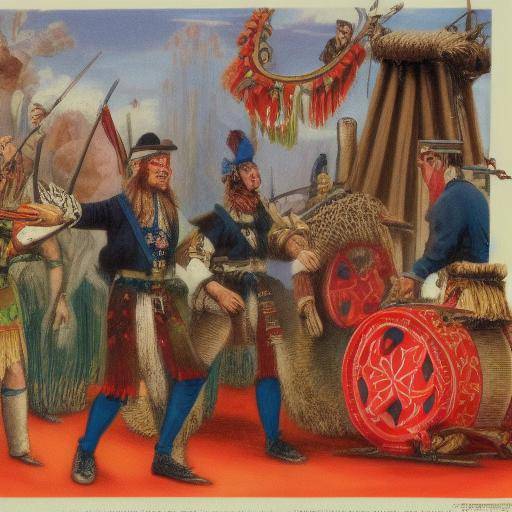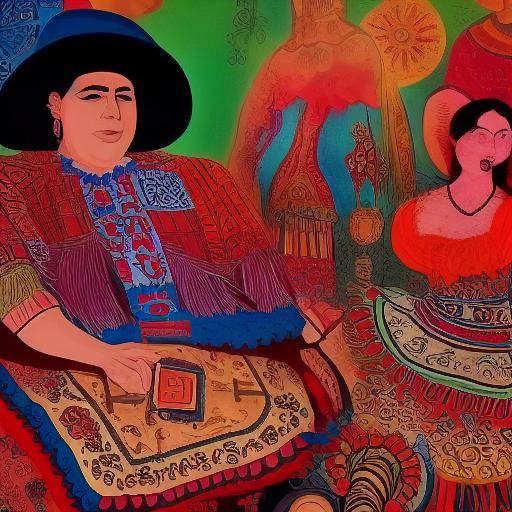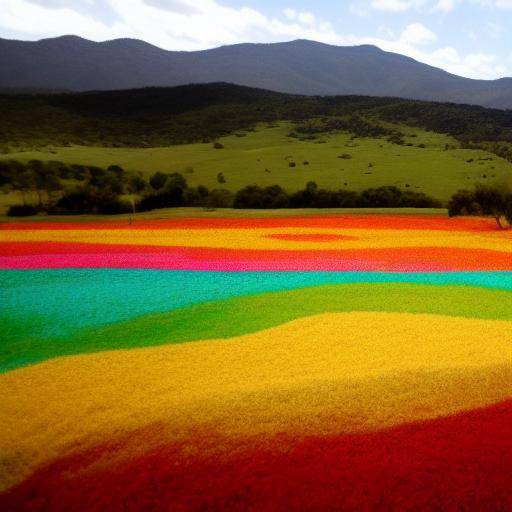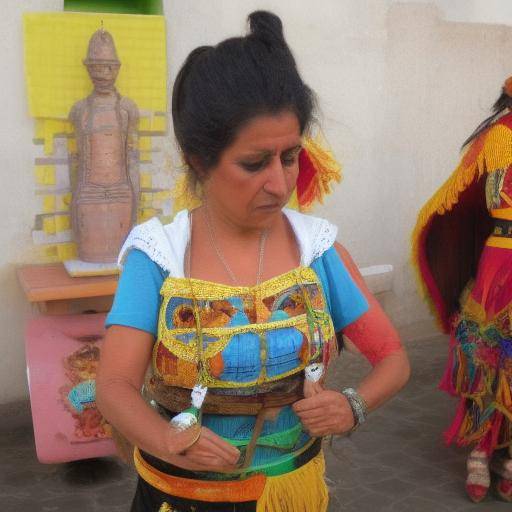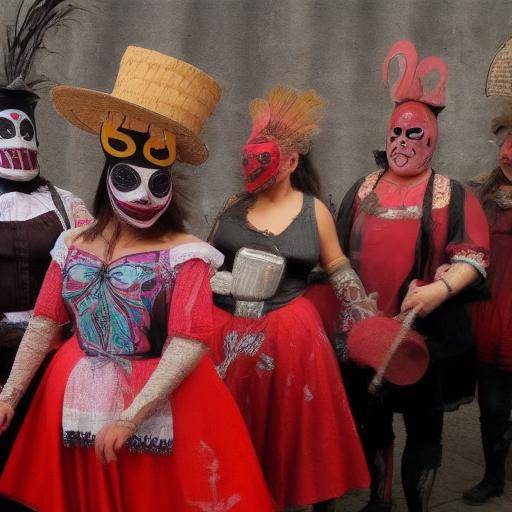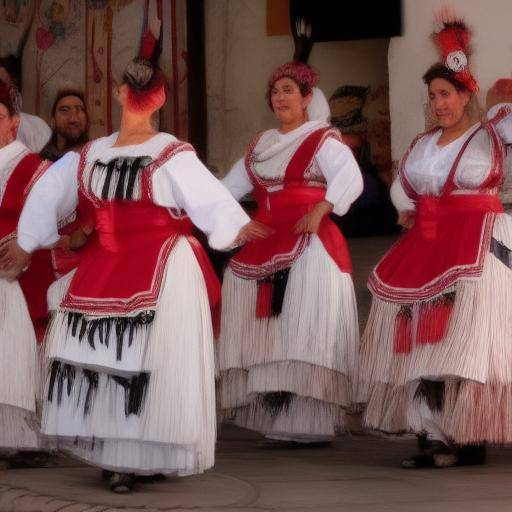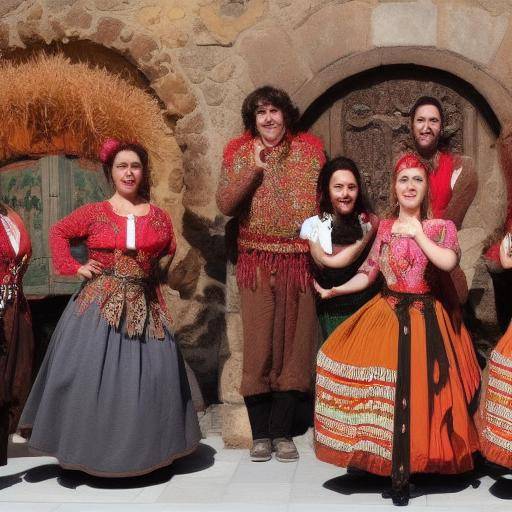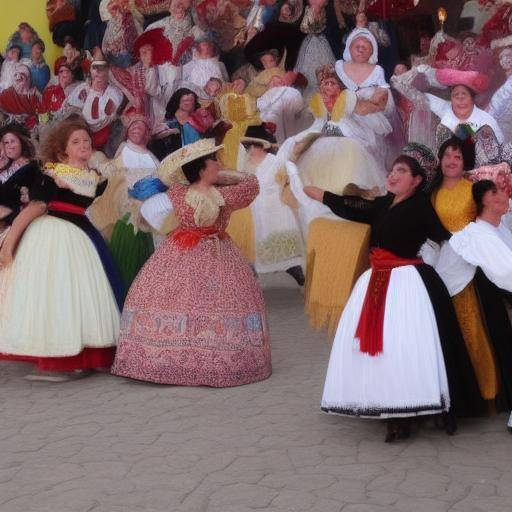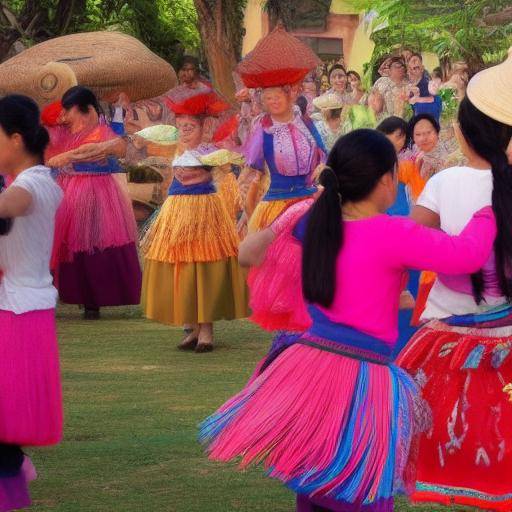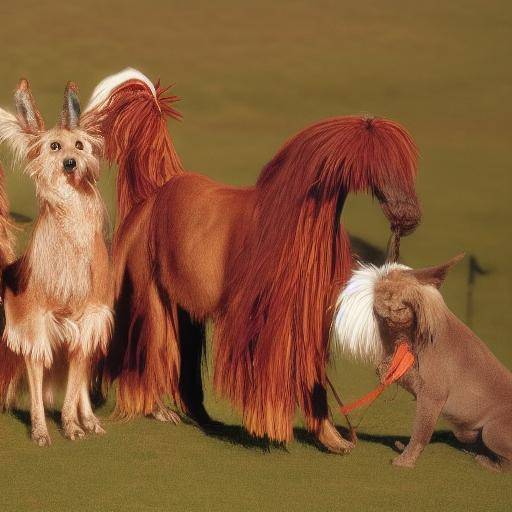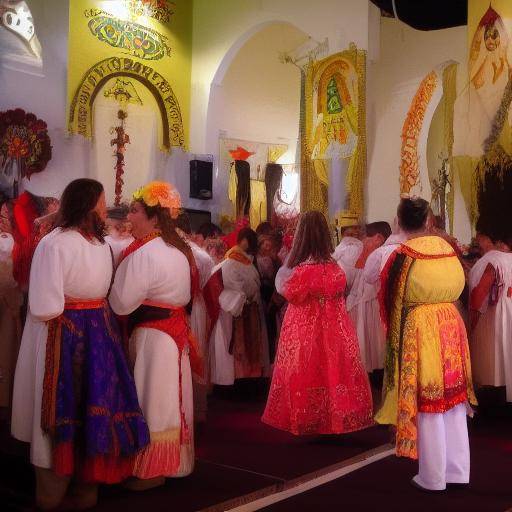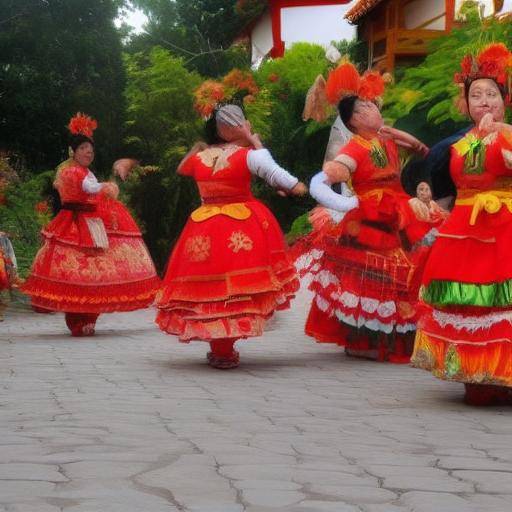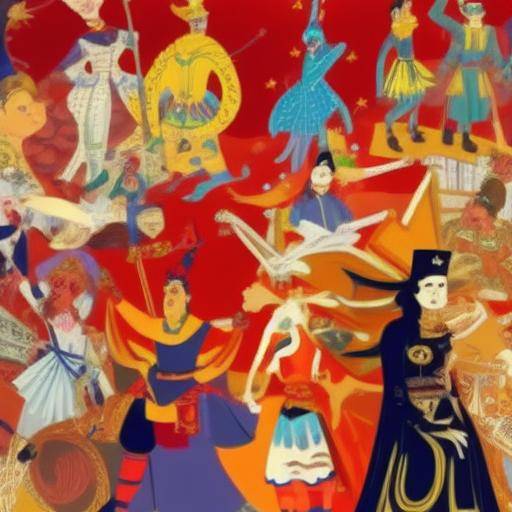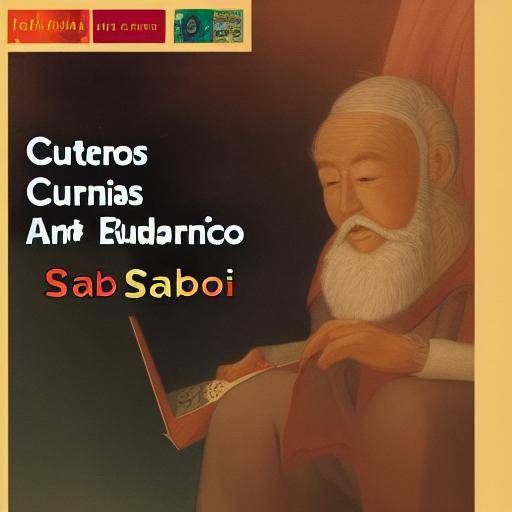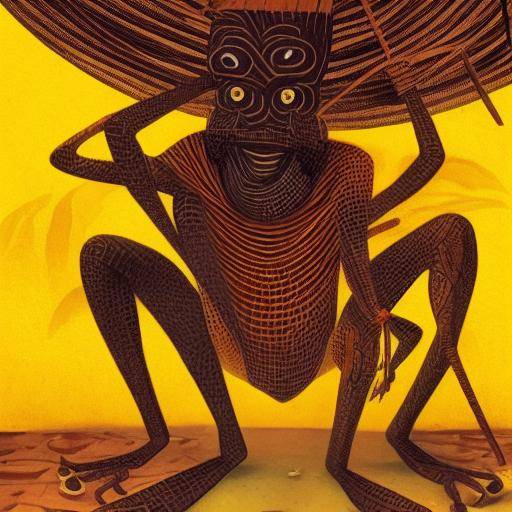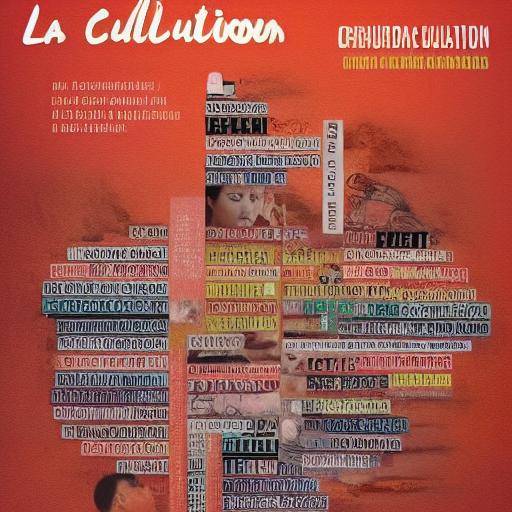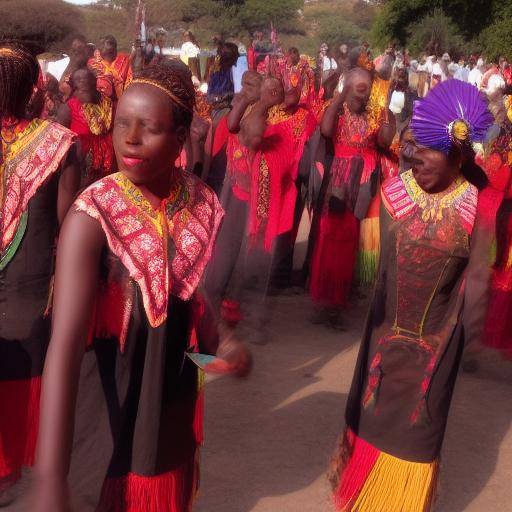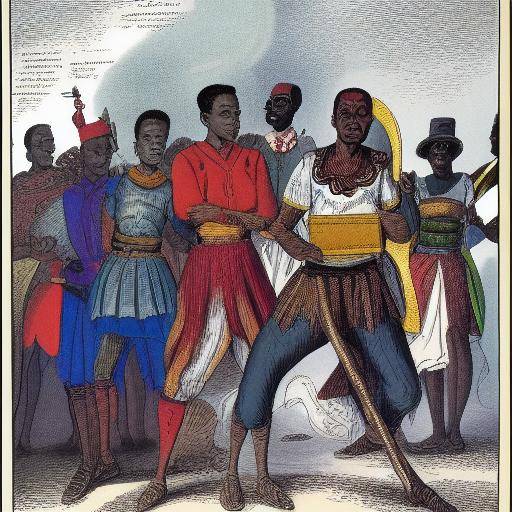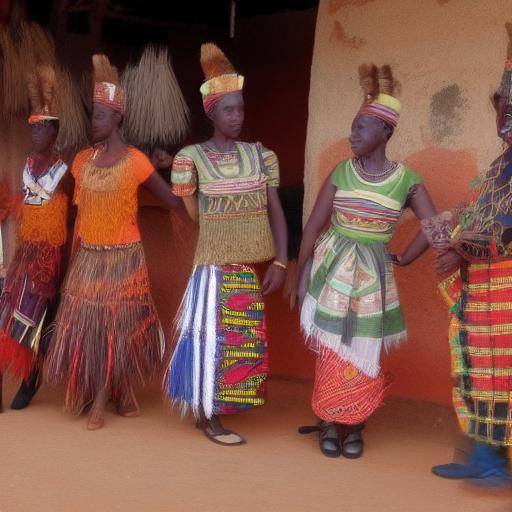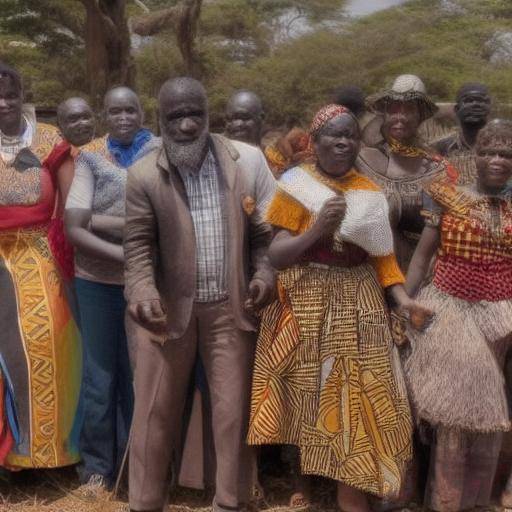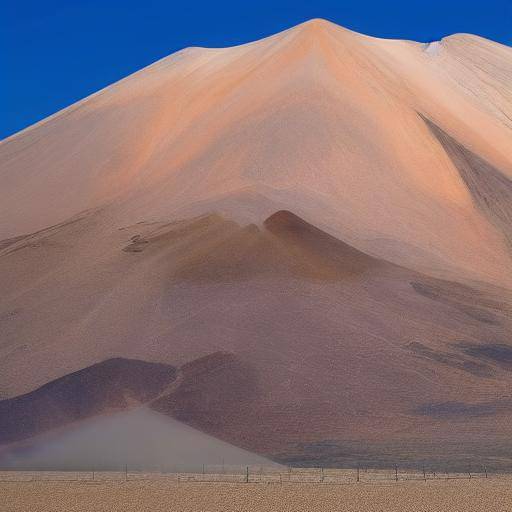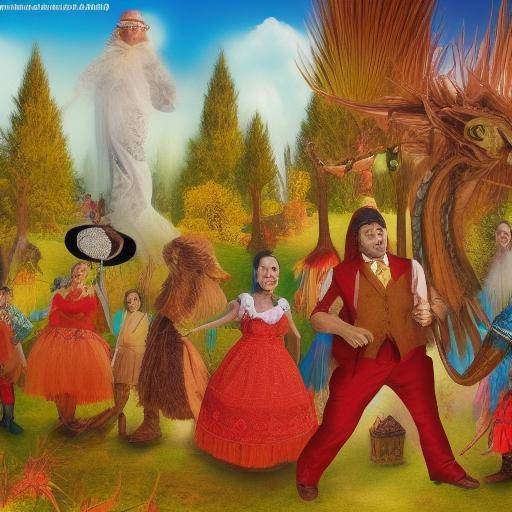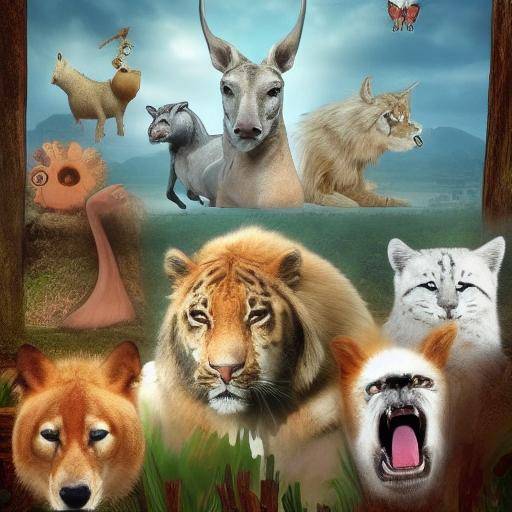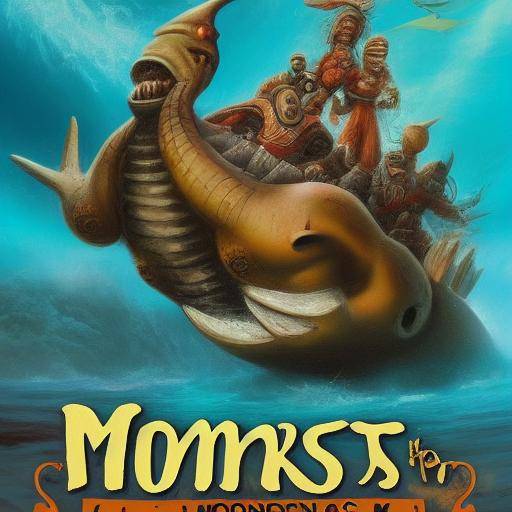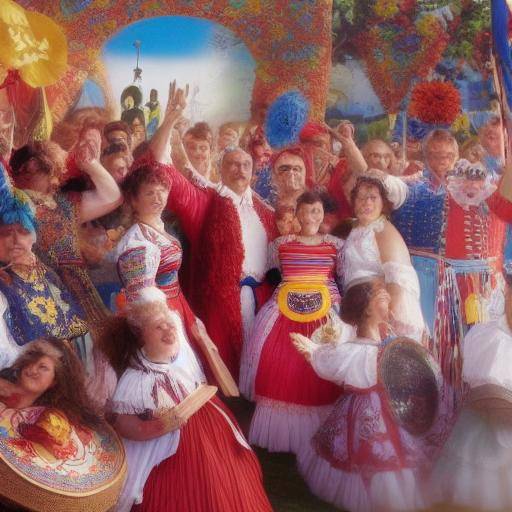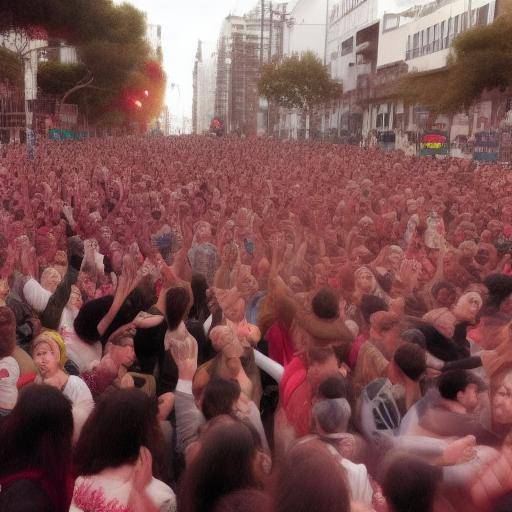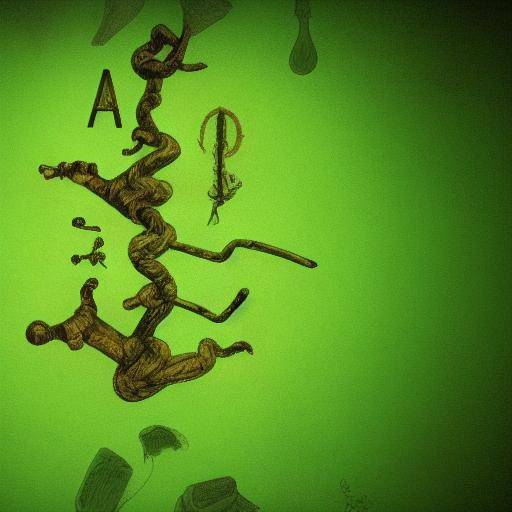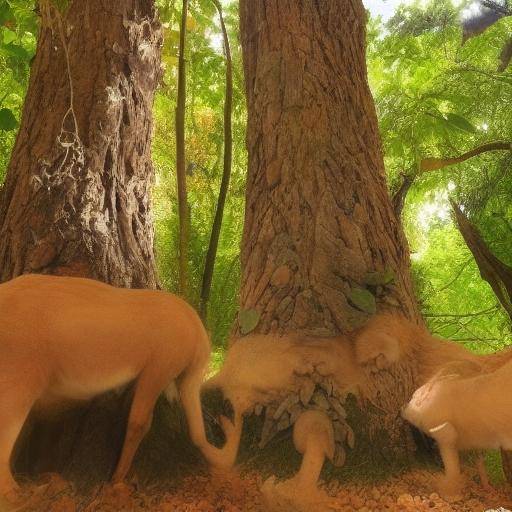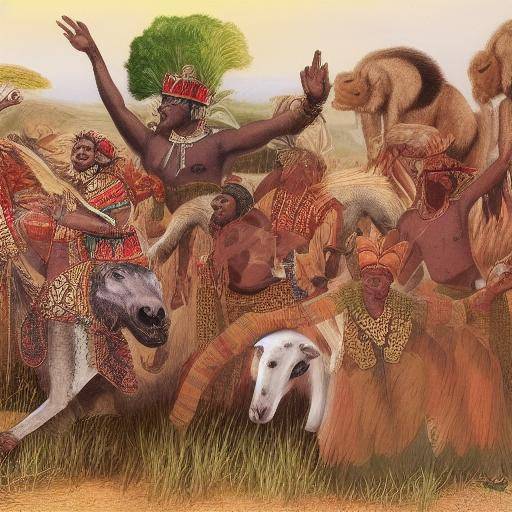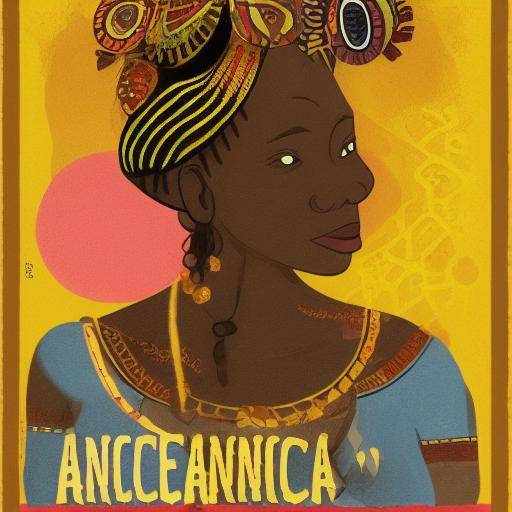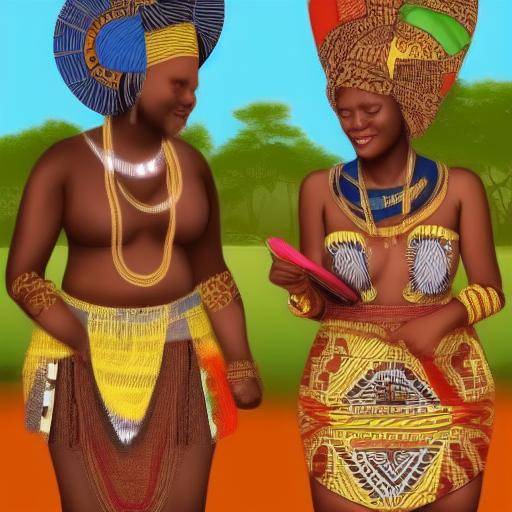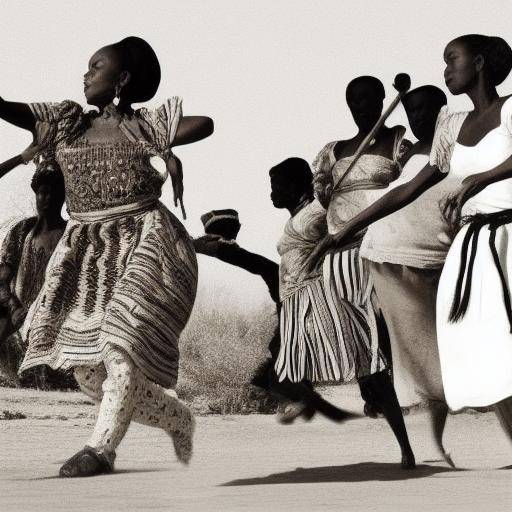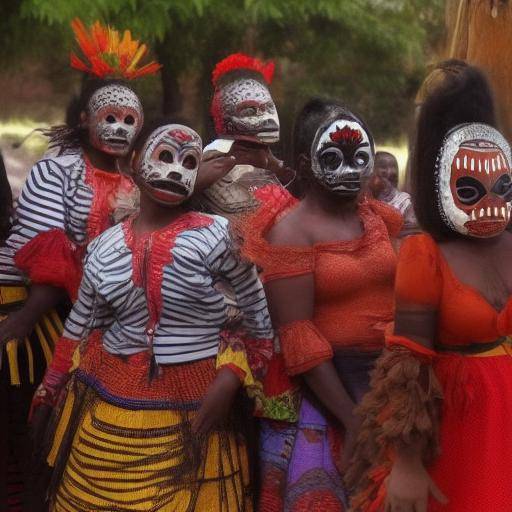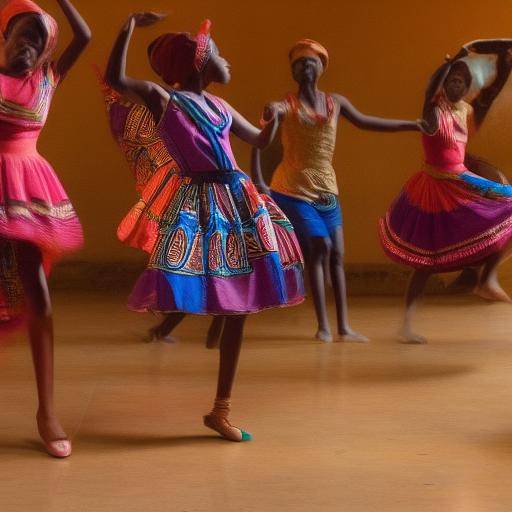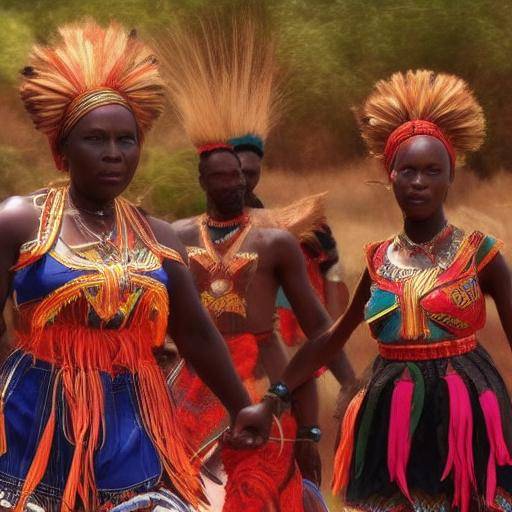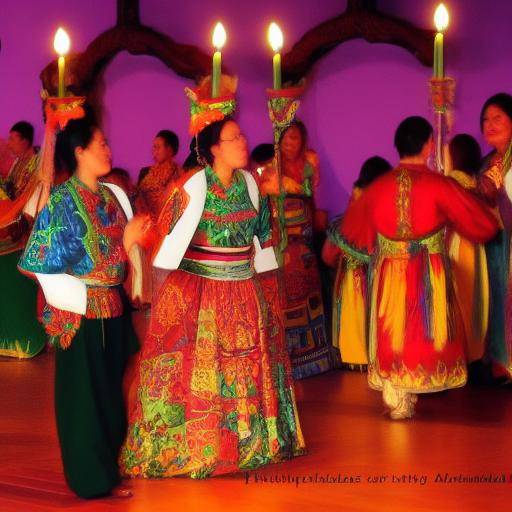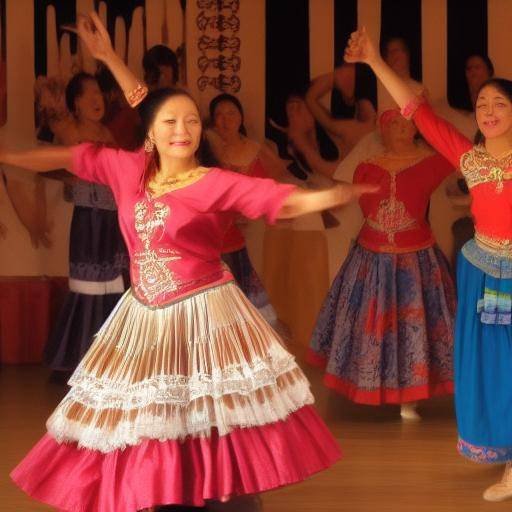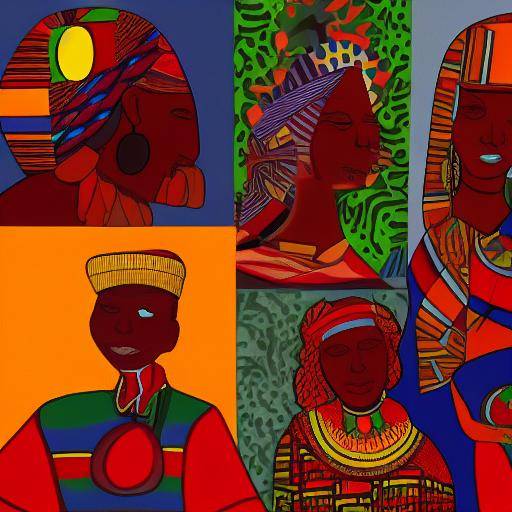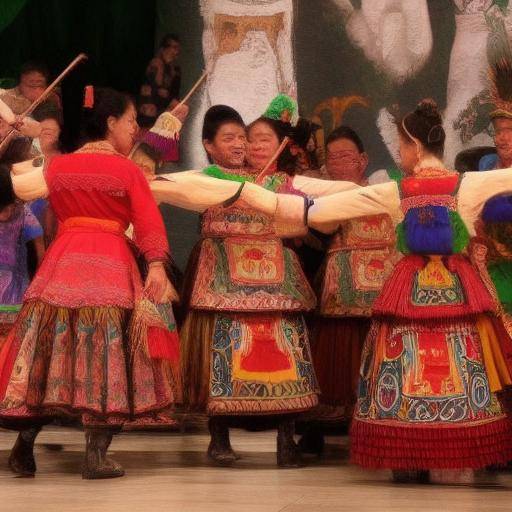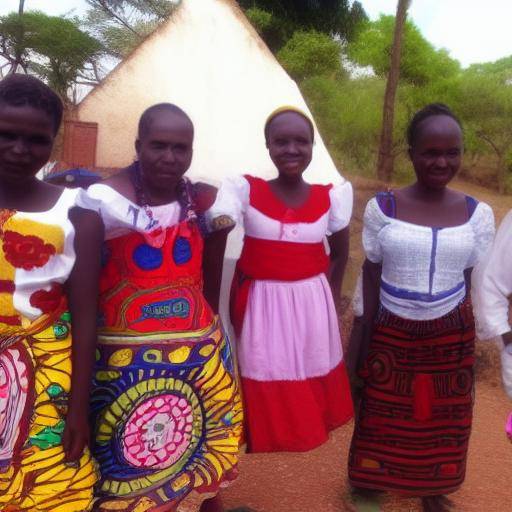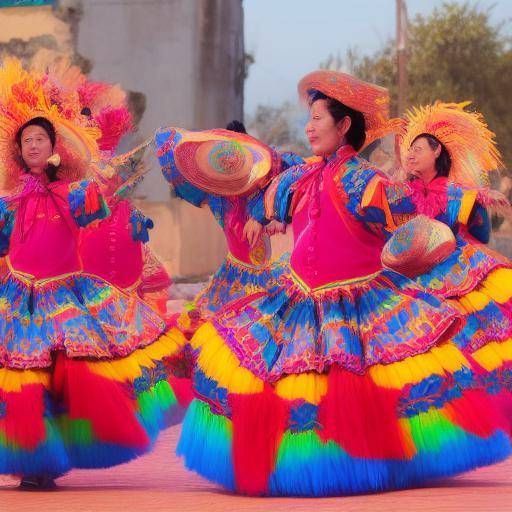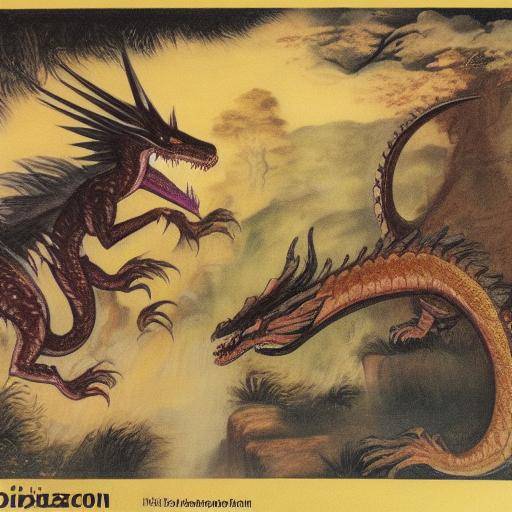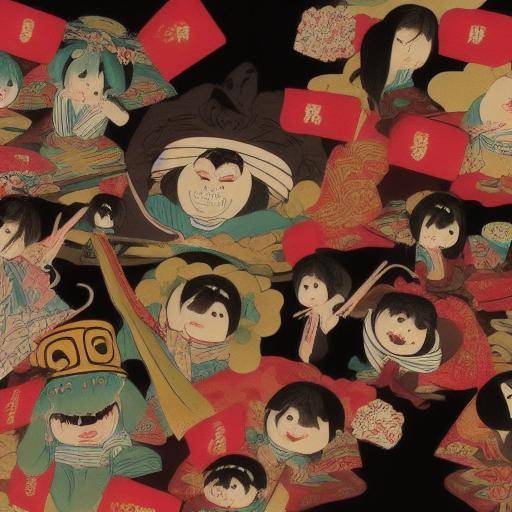
Introduction
The Japanese folklore is full of mysterious and fascinating creatures that have captured the imagination of the whole world. Among these creatures, the Yokai stand out as mythical figures that have transcended generations, keeping their influence on Japanese popular culture to this day. In this article, we will thoroughly explore the Yokai, discover their origins, meaning and how they have evolved over time. In addition, we will examine their relationship with the Japanese spirits and how they intertwine with the broad and colorful world of Japanese folklore.
History and Background of the Yokai
The Yokai have their roots in Japan's rich history and traditions, rising back centuries. These supernatural and monstrous beings have been an integral part of the country's folklore, playing diverse roles in Japanese legends, myths, stories and superstitions. His presence has influenced not only the popular imagination, but also more concrete aspects of everyday life, such as architecture, art and festivities.
Origins and Evolution of the Yokai
The origins of the Yokai are intertwined with the animist and spiritual beliefs of ancient Japan, where each element of nature, whether a tree, a mountain or a river, was considered inhabited by a spirit. This animist worldview led to the conception of a wide variety of supernatural beings, whose stories have endured over the centuries.
Historical and Cultural Importance
The presence of the Yokai in Japanese history is undeniable, influencing various aspects of society. From Kabuki theatre to literature, through art and crafts, the Yokai have left an indelible mark on Japanese culture. His role as symbols of fear, fascination and entertainment has been fundamental in the configuration of the collective imagination of Japan.
Contemporary Impact
Despite their ancestral origin, the Yokai continue to have a significant presence in modern Japanese popular culture. The recurring appearance of these creatures in manga, anime, films and videogames demonstrates their durability in contemporary society, keeping alive the rich tradition of the Yokai.
Detailed Analysis of the Yokai and their Relationship with the Japanese Spirits and the Folklore
Exploring the Diversity of the Yokai
The Yokai are as diverse as the collective imagination that has created them. From classics such as Kitsune (zorro) and Tengu (demon with elongated nose), to the darkest and least known, each Yokai has its own history, features and symbolic meaning. This vast repertoire of mythological figures represents a rich source of inspiration for contemporary artists, writers and creators.
Yokai and Japanese Spirits: A Deep Link
The relationship between the Yokai and the Japanese spirits is central to the understanding of Japanese mythology. Often, the Yokai are regarded as manifestations of spirits or forces of nature, incarnating a duality between the sacred and the profane. This connection between the Yokai and the Japanese spirits enriches the folklore of the country, providing a complex tapestry of beliefs and narratives.
Japanese Folklore: Where the Yokai Get Life
The Japanese folklore is the ecosystem in which the Yokai prosper, being the protagonists of numerous stories, fables and teachings transmitted from generation to generation. The presence of the Yokai in Japanese folklore is a testimony of their roots in the collective psyche of the Japanese people, giving meaning and reflection on the relationship between the human and the divine, danger and protection, light and darkness.
Comparison Analysis of the Yokai, Japanese Spirits and Folklore
Similarities and Variances
While the Yokai and the Japanese spirits share similarities in their supernatural condition, they differ in their representation and meaning. While Japanese spirits are often associated with specific natural elements, Yokai encompass a wider range of supernatural manifestations, including animals, inanimate objects and inexplicable phenomena. On the other hand, Japanese folklore is the vast universe in which both the Yokai and the spirits coexist, enriching the oral and written tradition with their stories and teachings.
Potential of Synergies
The intersection between the Yokai, the Japanese spirits and folklore offers fertile ground for the exploration of synergies and complementarities. References to the Yokai in Japanese folklore often incorporate elements of spirituality and cosmology, providing added value to traditional narratives. This feedback between the various elements of folklore contributes to the deepening and enrichment of the Japanese collective imagination.
Examples and Scenarios
Throughout history, the Yokai, the Japanese spirits and folklore have converged in numerous tales, legends and artistic representations. These stories have served as vehicles for transmitting cultural values, exploring fears and longings, and finding meaning in the unknown. Similarly, the Japanese folklore has been the crucible in which stories about Yokai and spirits have been forged, perpetuating the richness of oral and written tradition.
Practical Tips and Accessible Recommendations
Understanding and Appreciating Japanese Folklore
For those interested in immersed in the rich universe of the Yokai, the Japanese spirits and folklore, it is fundamental to approach with an open mind and an attitude of respect for Japan's ancient traditions and beliefs. Exploring authentic sources, such as mythology books, archaeological sites, specialized museums and traditional festivals, can provide a deeper and meaningful understanding of these topics.
Explore Artistic and Literary Works
The world of Japanese art and literature offers a wide variety of works that explore and reinterpret the Yokai, the Japanese spirits and folklore. From old engravings to the most recent productions of manga and anime, each artistic expression adds a layer of complexity and creativity to these mythical figures. Submerged in these works can provide a fresh and contemporary view of traditional Japanese folklore aspects.
Participate in Cultural Events
To attend festivals, exhibitions and theatrical performances focused on the Yokai and Japanese folklore is an excellent way to experience firsthand the wealth of these traditions. During these events, you can see traditional dances, elaborate costumes, ephemeral art and theatrical performances that give life to the imagination of the Yokai and the Japanese spirits, enriching the understanding of their role in Japanese culture.
Perspectives of Future Experts and Trends
Vision of Experts
According to experts in Japanese mythology, the global interest in the Yokai, the Japanese spirits and folklore is experiencing a resurgence, as more and more people are attracted by the rich and diverse cultural tradition of Japan. This renewed attention is generating significant cultural exchange, contributing to greater appreciation and understanding of these mythical figures from global perspectives.
Future Trends
As Japan continues to project itself as an attractive tourist destination and as a global cultural power, the Yokai, the Japanese spirits and folklore are expected to continue to play a leading role in spreading the country's rich cultural heritage. Moreover, with the advancement of digital technologies and globalization, it is likely that the representations of the Yokai and folklore in contemporary media will continue to evolve, adapting to the demands and expectations of the current audiences.
Conclusion
The Yokai, the Japanese spirits and the Japanese folklore form a complex network of myths, legends and traditions that continue to captivate and inspire people of all ages and origins. The historical wealth, the diversity of artistic expressions and the contemporary relevance of these mythical figures demonstrate their lasting importance in the collective imagination not only of Japan, but of the whole world. Exploring the Yokai and Japanese folklore is an exciting journey to the roots and essence of Japanese culture, offering a unique window to an enriching and enigmatic universe.
Frequently asked questions
What exactly are the Yokai?
The Yokai are Japanese folklore creatures ranging from benevolent spirits to terrifying monsters. These mythical figures reflect Japan's rich mythology and spiritual beliefs.
What is the difference between the Yokai and the Japanese spirits?
While the Yokai and the Japanese spirits share similarities as supernatural entities, the Yokai tend to have a wider range of manifestations, including animals, inanimate objects and inexplicable phenomena, while the Japanese spirits are often associated with specific natural elements.
How has Japanese folklore influenced contemporary popular culture?
The Japanese folklore, including the Yokai and the Japanese spirits, has maintained a significant presence in contemporary popular culture, from manga and anime to films and video games, serving as an inexhaustible source of inspiration and creativity.
With this article, we have thoroughly explored the fascinating world of the Yokai, the Japanese spirits and the Japanese folklore, from its historical origins to its contemporary influence. We trust that this immersion has given you a deeper understanding and appreciation for these mythical figures that continue to captivate and inspire people around the world.

